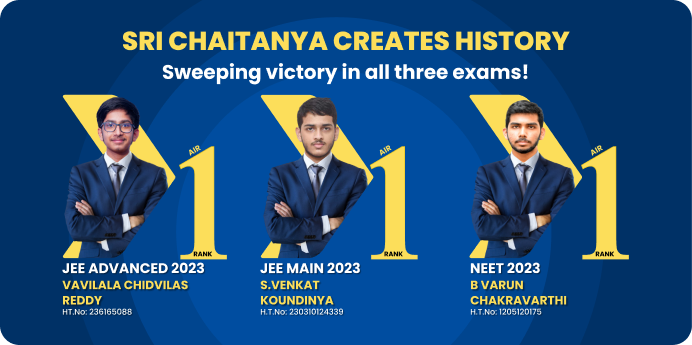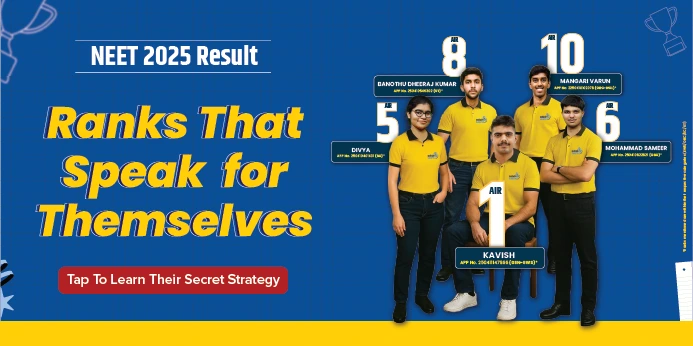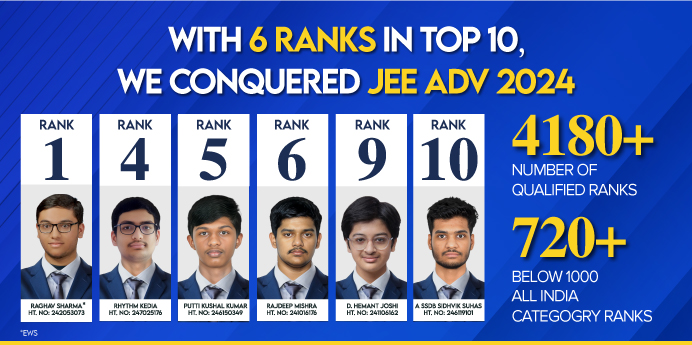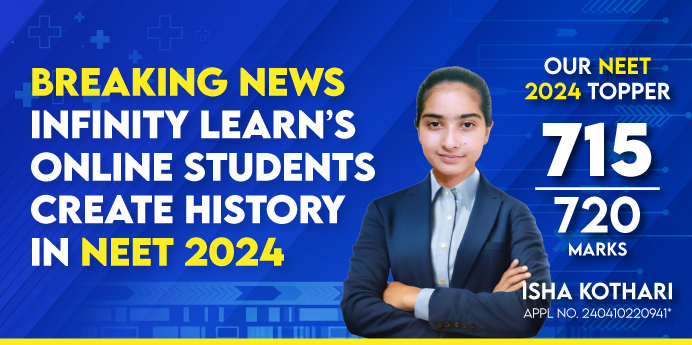






Courses

By Maitree Choube
|
Updated on 6 Jun 2025, 17:48 IST
Download free NCERT Solutions for Class 7 Maths – Chapter-wise, Exercise-wise, and in easy-to-use PDF format. Designed as per the latest CBSE 2025–26 syllabus, these solutions help students understand core maths concepts clearly and strengthen their problem-solving skills step by step.
NCERT Solutions for Class 7 Maths are a valuable learning tool for students following the 2025–26 CBSE syllabus. These solutions are based on the latest NCERT Maths textbook, Ganita Prakash, and are prepared by expert educators at Infinity Learn. Covering each chapter in detail, the Class 7 Maths NCERT Solutions help students strengthen their understanding of key topics like numerical accuracy, algebraic reasoning, and geometric analysis.
Mathematics is a subject that teaches you how to think in steps and find solutions in a smart way. It’s used in many parts of life—like planning a budget, measuring things, or even understanding how fast something moves. In Class 7 maths becomes more interesting with topics like integers, algebra, and geometry. These topics help you see how maths works in real situations, not just in the classroom. The more you practice, the easier it gets, and over time, solving problems starts to feel like solving puzzles.
NCERT Solutions for Class 7 Maths are a trusted and useful resource for students who want to improve their understanding of mathematics. These solutions are designed as per the latest CBSE 2025–26 curriculum and follow the NCERT Maths textbook.
Designed to match the needs of the CBSE 7th Grade Mathematics Ganita Prakash Exams, these chapter-wise solutions guide students step by step through each problem. Infinity Learn also offer well-explained answers prepared by skilled instructors, helping students prepare effectively and build a solid foundation in mathematics. Practicing these Class 7 NCERT Solutions regularly can boost confidence, improve accuracy, and lead to better exam scores.
| Feature | Details |
| Subject | Mathematics |
| Class | Class 7 |
| Academic Year | 2025–26 (As per New NCERT Curriculum) |
| Textbook Used | NCERT Class 7 Maths Book (Latest Edition) |
| Total Chapters | 13 Chapters |
| Chapter-wise Solutions | Step-by-step solutions with clear explanations and formulas |
| Concept Coverage | Includes integers, algebra, geometry, rational numbers, exponents, and more |
| Key Benefits | Strengthens concepts, easy to understand, useful for CBSE exams, improves accuracy and speed |
NCERT Solutions for Class 7 Maths are now available on the Infinity Learn website. Practicing these solutions regularly will help students strengthen their concepts and perform well in their maths exams. For students facing difficulties in solving any questions from the Class 7 NCERT Maths textbook (Ganita Prakash), these solutions offer clear and accurate answers.
The solutions are available in PDF format, allowing students to download and study offline anytime. Infinity Learn has created the easiest and most effective way to solve each question, with full explanations included. Our experienced maths experts have carefully prepared these solutions to ensure that every student can understand them easily, no matter their learning level.
| S.No. | NCERT Solutions Class 7 Maths Chapter-wise PDF |
| 1. | Chapter 1 – Integers Solutions |
| 2. | Chapter 2 – Fractions and Decimals Solutions |
| 3. | Chapter 3 – Data Handling Solutions |
| 4. | Chapter 4 – Simple Equations Solutions |
| 5. | Chapter 5 – Lines and Angles Solutions |
| 6. | Chapter 6 – The Triangle and Its Properties Solutions |
| 7. | Chapter 7 – Comparing Quantities Solutions |
| 8. | Chapter 8 – Rational Numbers Solutions |
| 9. | Chapter 9 – Perimeter and Area Solutions |
| 10. | Chapter 10 – Algebraic Expressions Solutions |
| 11. | Chapter 11 – Exponents and Powers Solutions |
| 12. | Chapter 12 – Symmetry Solutions |
| 13. | Chapter 13 – Visualising Solid Shapes Solutions |
NCERT Solutions for Class 7 Maths play a key role in helping students build a strong understanding of basic math concepts like integers, algebra, geometry, and data handling. These solutions, aligned with the latest CBSE 2025–26 syllabus, offer clear, step-by-step answers that make learning easier. Whether it's for daily practice, homework help, or exam preparation, these chapter-wise and exercise-wise solutions guide students toward better accuracy, logical thinking, and confidence in problem-solving.

These Class 7 Maths NCERT Solutions are designed to help you truly understand each problem. To truly ace your Class 7 Maths, understanding each chapter is key! Here, you'll find a clear breakdown of what you'll learn in every chapter of the NCERT Solutions for Class 7 Maths. Get ready to explore different mathematical concepts step-by-step, making your studies simpler and more effective.
Chapter 1 – Integers introduces students to a deeper understanding of positive and negative numbers and how they behave under different mathematical operations. This chapter is a foundational part of Class 7 Maths, helping students build strong number sense, especially for solving real-life problems that involve gains, losses, temperatures, elevations, and more.
Exercise Breakdown:
This chapter helps students build confidence in working with fractions and decimals in practical situations. It teaches how to multiply and divide both, while understanding their importance in everyday life—like handling money, measurements, and calculations. The chapter builds precision and clarity in basic arithmetic.
Data Handling introduces students to the basics of collecting, organizing, and interpreting information. Through bar graphs, tally charts, and simple probability, students learn how to make sense of data, draw conclusions, and understand patterns—all important skills in real-world decision-making.
This chapter brings students into the world of algebra, teaching them how to form and solve simple linear equations. It connects daily life situations to math, showing how unknowns can be solved using basic operations and logical steps. A great introduction to problem-solving using variables!

Lines and Angles gives students a closer look at geometric basics. It explains how lines intersect, how angles form, and the relationships between different angle pairs. Understanding this chapter sets the stage for more complex geometry in higher classes.
Exercise 5.1: Types of angles and their properties.
Exercise 5.2: Pair of angles and their relationships.
In this chapter, students explore different types of triangles and their unique features. Concepts like medians, altitudes, and angle properties help learners understand the structure and behavior of triangles—an essential shape in geometry.
Students study various properties of triangles, including their types and theorems related to them.
This chapter teaches students how to work with percentages, ratios, and proportions. It applies math to real-life topics like profit and loss, discounts, and interest. It builds the ability to compare and analyze values in practical contexts.
Rational Numbers expands on students' understanding of numbers by introducing fractions and integers in a more general form. This chapter shows how to add, subtract, multiply, and divide rational numbers, making number operations more flexible and complete.
Here, students learn how to measure the space around and within different shapes. The chapter covers calculations for perimeter and area of squares, rectangles, triangles, and circles—skills that are often used in daily life, like in construction, design, and farming.
This chapter deals with calculating the perimeter and area of various geometrical shapes.
This chapter introduces students to algebraic expressions made up of numbers and variables. It explains how to form, combine, and simplify expressions through basic operations. This foundation supports higher-level algebra in future classes.
Students explore the basics of algebra, including terms, coefficients, and operations on algebraic expressions.
Exponents and Powers help students simplify large numbers and small decimals through repeated multiplication. The chapter also introduces the laws of exponents, making it easier to handle scientific and mathematical notation with ease.
This chapter introduces the concept of exponents and their applications in simplifying expressions.
In this visually engaging chapter, students learn to identify symmetrical shapes and patterns. It covers line symmetry and rotational symmetry, building an understanding of balance and design in both math and nature.
This is the last chapter that encourages students to imagine and work with 3D shapes like cubes, cones, and cylinders. It focuses on faces, edges, vertices, and nets of solid figures—sharpening spatial thinking and preparing students for more advanced geometry. This chapter helps students visualize and understand three-dimensional shapes and their properties.
NCERT Solutions for Class 7 Maths are more than just answer keys—
Don't Miss:
| S.No. | Subject |
| 1 | NCERT Solutions for Class 7 Maths |
| 2 | NCERT Solutions for Class 7 Science |
| 3 | NCERT Solutions for Class 7 Social Science |
| 4 | NCERT Solutions for Class 7 English |
| 5 | NCERT Solutions for Class 7 Hindi |
You can download free Class 7 NCERT Maths Solutions PDF from Infinity Learn. These PDFs are arranged chapter-wise and exercise-wise, making it super easy to use. They’re updated as per the 2025–26 CBSE curriculum, and every solution comes with clear explanations—ideal for homework, class tests, and final exam prep.
NCERT Solutions for Class 7 Maths are vital because they break down difficult ideas—like algebra, integers, and geometry—into easy-to-follow steps. These solutions match the latest CBSE syllabus for 2025–26 and offer clear explanations for every textbook question, helping students solve problems in class and perform well in exams.
You can get chapter-wise NCERT Solutions for Class 7 Maths on popular learning websites such as Infinity learn. These resources provide downloadable PDFs arranged by chapter, making it simple to find and practice specific topics from the NCERT Ganita Prakash book.
The solutions cover all major areas from the Class 7 Maths syllabus, including:
Infinity Learn stands out for its clear, expert-designed solutions that focus on deep understanding, not just answers. Their approach helps students grasp concepts for the long term, not just for exams. Infinity learn also offers free downloadable PDFs for offline study, and their interactive teaching style supports better learning outcomes.
To get top marks in Class 7 Maths, try these tips: